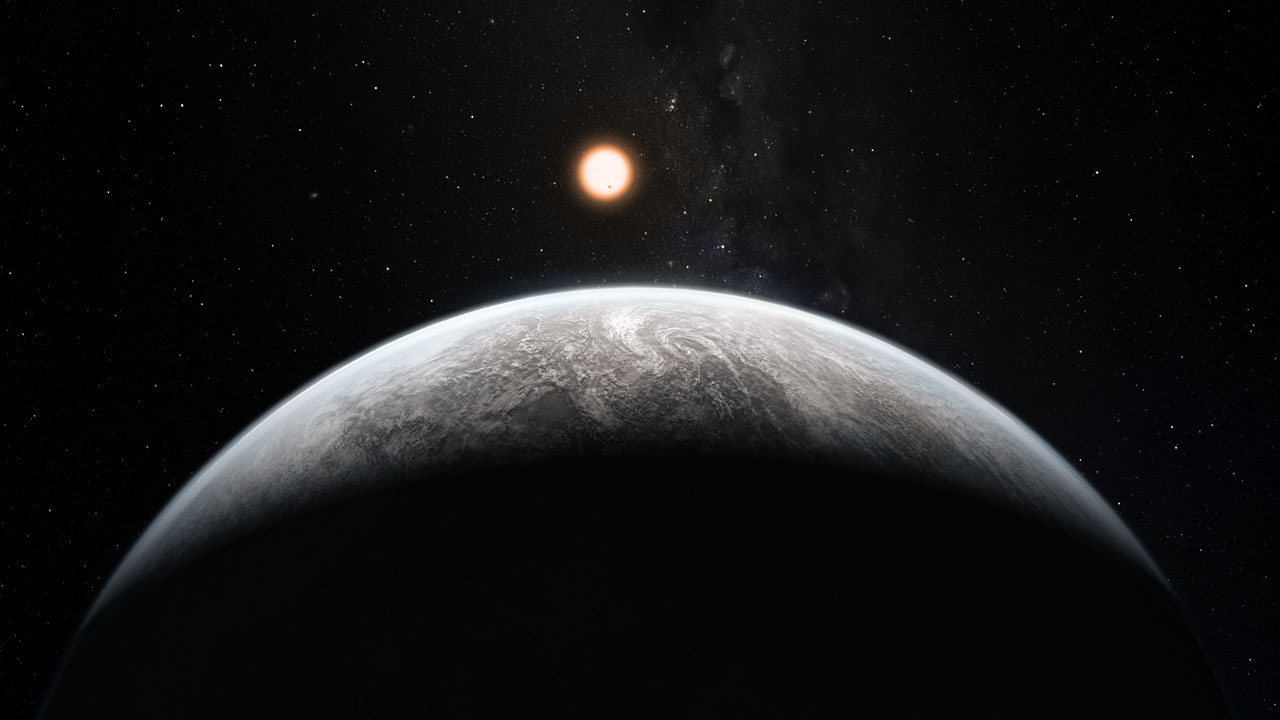In searching for life in the Universe, a field known as astrobiology, scientists rely on Earth as a template for biological and evolutionary processes. This includes searching for Earth analogs, rocky planets that orbit within their parent star’s habitable zone (HZ) and have atmospheres composed of nitrogen, oxygen, and carbon dioxide. However, Earth’s atmosphere has evolved considerably over time from a toxic plume of nitrogen, carbon dioxide, and traces of volcanic gas. Over time, the emergence of photosynthetic organisms caused a transition, leading to the atmosphere we see today.
The last 500 million years, known as the Phanerozoic Eon, have been particularly significant for the evolution of Earth’s atmosphere and terrestrial species. This period saw a significant rise in oxygen content and the emergence of animals, dinosaurs, and embryophyta (land plants). Unfortunately, the resulting transmission spectra are missing in our search for signs of life in exoplanet atmospheres. To address this gap, a team of Cornell researchers created a simulation of the atmosphere during the Phanerozoic Eon, which could have significant implications in the search for life on extrasolar planets.
Continue reading “The Combination of Oxygen and Methane Could Reveal the Presence of Life on Another World”
